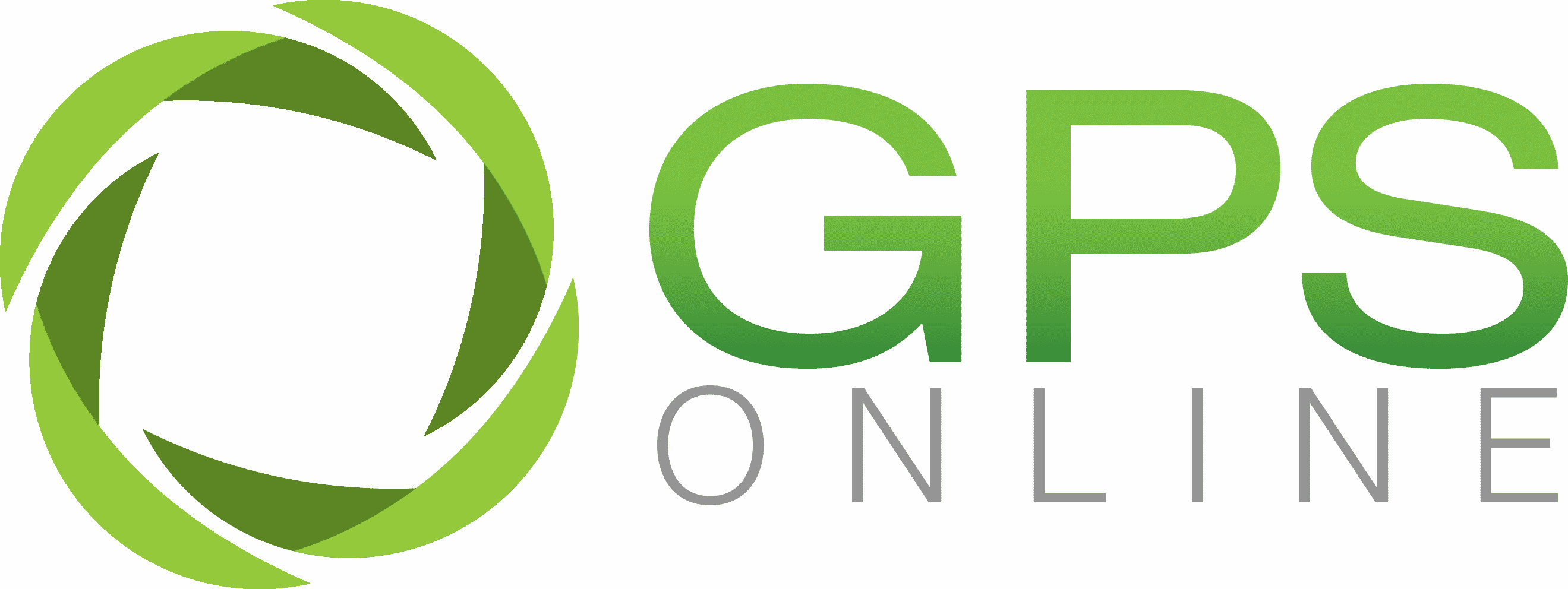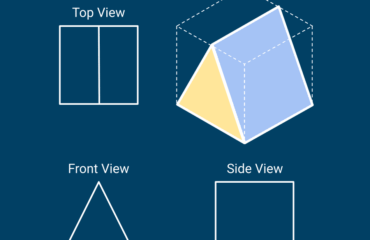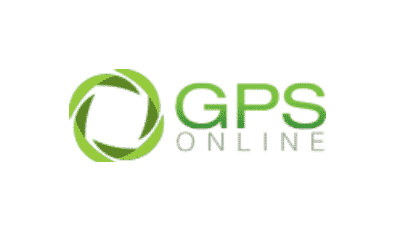With the vast amount of information that is readily available on the internet, plagiarism has become much more common. Plagiarism occurs when you pass someone else’s information off as your own or if you incorrectly cite the source of your information in an academic paper.
Fortunately, there are a host of tools available so that lecturers and teachers can scan their students’ assignments and papers and detect plagiarism.
Let’s look at the three most popular tools used by teachers: Turnitin, Grammarly, and Google Originality Report.
Turnitin:
Turnitin is plagiarism detection software that scans a student’s work for instances of plagiarism. This is accomplished by comparing the submitted work to a database of over 91 billion web pages as well as a database of previously submitted student papers. Educators frequently use Turnitin to ensure that students’ work is original and that they are correctly citing their sources.
Turnitin’s accuracy is one of its primary benefits. It is very good at detecting even minor instances of plagiarism, such as paraphrasing without proper attribution. It also includes a grammar checker and citation generator to assist students in improving their writing.
Turnitin doesn’t only cater to English content. Their non-English content has been increasing since 2015 to include 14 languages, from Spanish, Chinese, German, and French to Japanese, Korean and Turkish to name a few.
One potential disadvantage of Turnitin is that it can occasionally flag legitimate sources as plagiarism. This can happen if the student correctly cites the source, but Turnitin has not yet indexed it in its database. In these cases, the student may be required to provide additional documentation to demonstrate the originality of their work.
Turnitin keeps student submissions in its database for use in plagiarism detection. It can then compare student submissions against one another, so a current student cannot reuse an essay written by a former student. By default, data is stored on the Turnitin main repository, but you can configure Turnitin to share data only within the domain of the school.
Grammarly:
Grammarly is a free writing enhancement tool that checks for plagiarism, grammar, and spelling errors, as well as for style and tone. It can be used by anyone looking to improve their writing skills, from students to professional writers. To make use of Grammarly’s plagiarism detector, you need to sign up for a premium account. The detector scans 16 billion web pages. It doesn’t refer to an internal database of work or any work previously submitted by users.
One of the main benefits of Grammarly is its versatility. It can be used in a variety of contexts, from emails to social media posts to academic papers. Alongside its plagiarism detection, it also offers a range of features, such as a thesaurus and a citation generator.
However, Grammarly’s plagiarism checker is not as comprehensive as Turnitin’s. While it can detect copy-pasting, it may miss more subtle forms of plagiarism, such as paraphrasing without attribution.
Google Originality Report:
Google Originality Report is integrated into Google Workspace for Education, so it is easy for students and teachers to check for plagiarism right from Google Classroom. No extra cost or subscriptions are necessary. Google Originality Report compares a student’s work to a database of hundreds of billions of web pages and over 40 million books, all pages accessible by Google Search and Google Books, as well as to a database of previously submitted student papers if the function has been enabled by your administrator (only available for the Google Workspace for Education Plus and Teaching and Learning Upgrade editions).
One of the main advantages of Google’s Originality Report is its convenience. It is easy to use and is already integrated into both Google Docs and Google Slides, tools many students use regularly. It also offers a range of tools to help students improve their writing, such as a grammar checker and a citation generator.
Besides English, Originality Report is available in 19 other languages, from Dutch, German, Thai, and Swedish to Norwegian and Hindi, to name a few.
Students can prescreen their work before turning it in. They can run the originality report three times before submitting their work. This enables students to improve their work, make revisions, correctly cite their sources, paraphrase, or make changes before the teacher sees it. The work will only be seen by the teachers once it has been submitted.
Google Originality Report is fully compliant and does not store student submissions; student data is always kept within the domain of the school. Originality Reports compares your data to your own repository in Google Drive. There is no sharing or storing of student work outside of your domain.
Originality Reports do not evaluate citation formatting or verify the text’s source. The teacher will need to determine if the content was properly cited.
Here are the top five benefits of Google Originality Report:
- Convenience: Google Originality Report is easily accessible as it is integrated into Google Docs and Google Slides. This makes it easy to use and saves time, as there is no need to switch between different programmes.
- Writing enhancement tools: In addition to its plagiarism detection capabilities, Google Originality Report also offers a range of tools to help students improve their writing, such as a grammar checker and a citation generator.
- Compatibility with Google Docs: Google Originality Report is designed to work seamlessly with Google Docs, making it easy to use and access.
- Customisation options: Google Originality Report allows users to customise the settings to suit their needs, such as selecting the sources to be included in the check and adjusting the sensitivity of the plagiarism detection.
- Ease of use: Google Originality Report has a user-friendly interface and clear instructions, making it easy for students to use even if they are new to plagiarism detection tools.
–
In conclusion, while it may appear that detecting plagiarism is an impossible task given the vast amount of sources available to students, artificial intelligence (AI) tools prove to be a useful tool in assisting teachers in tackling this task as well as assisting students in improving their writing skills.






